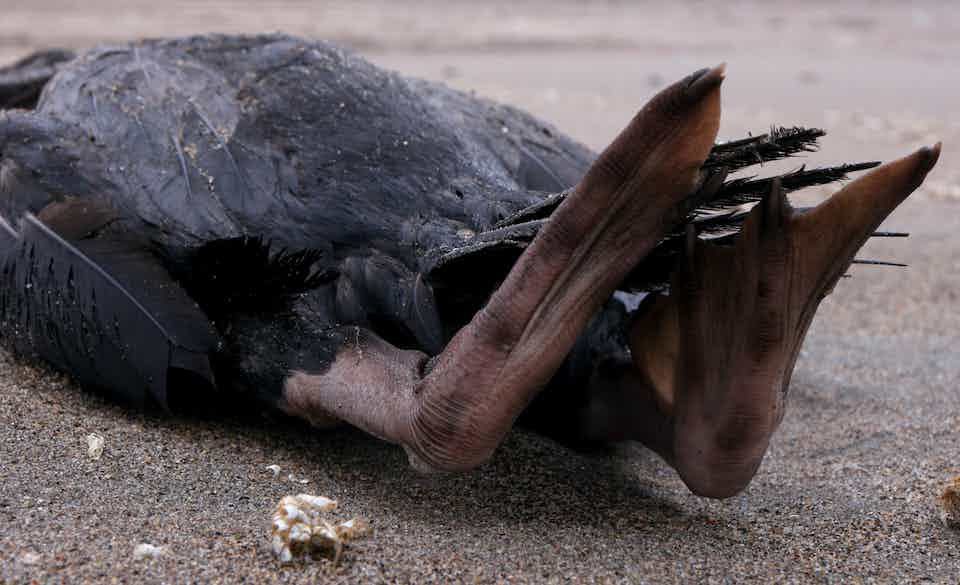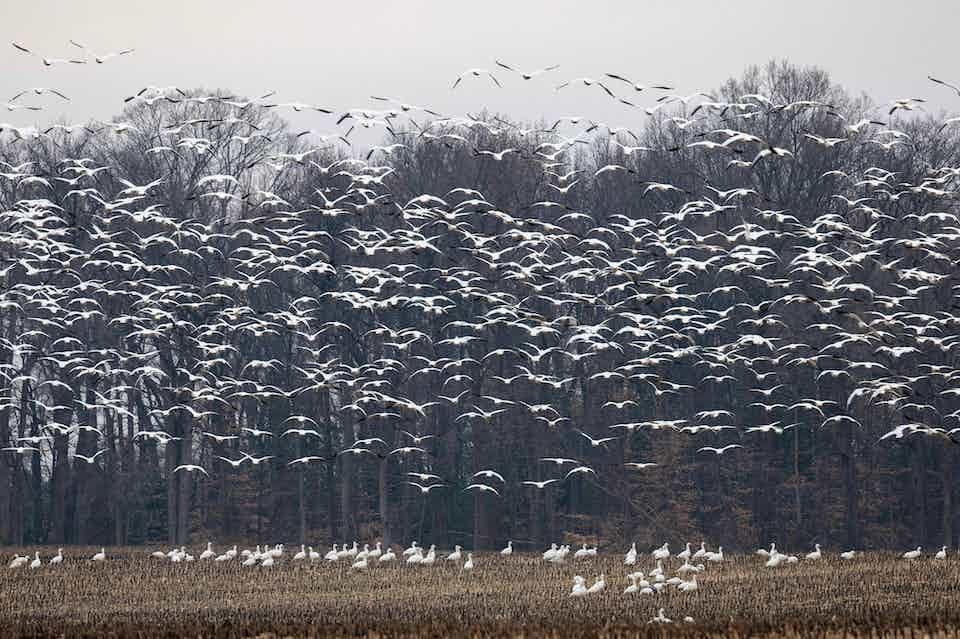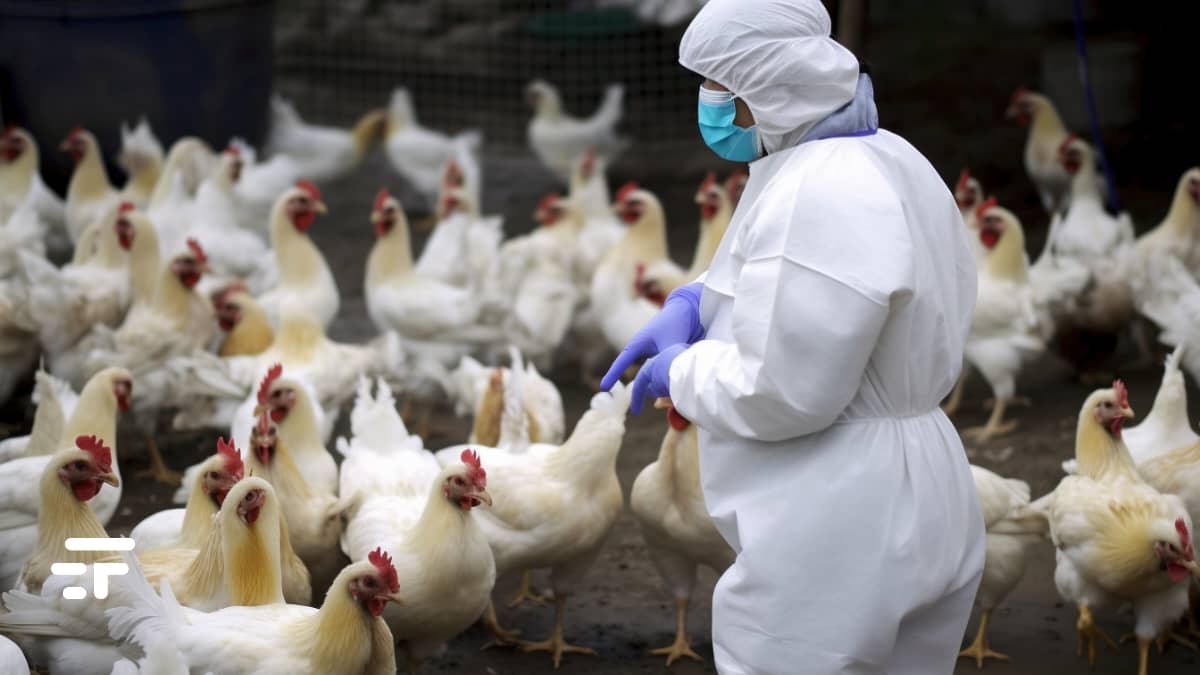Distracted by the winds of war, the media don't emphasize it (and basically it's a good thing), but we are witnessing the largest bird flu epidemic ever recorded in known history.
Millions of chickens, turkeys, ducks and geese have been killed, and thousands of wild birds have died from the H5N1 virus. Virologists around the world are carefully following the evolution of the epidemic: and the sense of danger is slowly increasing. Is it justified?
How dangerous is the H5N1 virus to humans?
H5N1 is an influenza virus that mainly affects birds. So far, fewer than 900 people worldwide have been infected by the virus, and about half of them have died. At the moment, bird flu is not easily transmitted between humans: most infected people have contracted the virus directly from chickens, turkeys, ducks or geese. As such, H5N1 has not yet caused a human epidemic or pandemic.

So why are fears about bird flu growing?
There are three main reasons why media attention on avian influenza has increased.
- The current outbreak of avian influenza, caused by the H5N1 2.3.4.4b variant, is truly the largest ever recorded.
- The H5N1 virus is infecting an increasing number of bird and mammal species, increasing its geographic spread and generating new variants.
- H5N1 appears to be transmitted effectively between individuals of at least one mammal species, minks, as has been observed in Spain in 2022. Many sea lions in Peru have also been affected by avian influenza. If the virus can spread among minks and perhaps sea lions, it could also do so among humans.
What could promote the spread of H5N1 among humans?
Avian influenza mainly affects the intestines of birds and is spread through feces in water. In contrast, human influenza affects the respiratory tract and is spread through breathing and coughing. To effectively infect mammals, avian influenza viruses must mutate in several ways.

One of the most important mutations involves the ability of the virus to infect a specific part of the body. And we know that mutations of this kind are possible.
Avian and human influenza viruses use receptors called sialic acidspresent on the cell surface. Avian flu viruses, such as H5N1, exploit a version called sialic acid α2,3-linked, while human influenza viruses use sialic acid α2,6-linked (the predominant variant in the human upper respiratory tract).
To trigger human infection, H5N1 would have to mutate to use α2,6-linked sialic acid as a receptor. This is the cause for concern, as several studies have shown that one or two mutations in the viral genome may be sufficient for this step.
Can we prevent bird flu, i.e. develop a preventative remedy?
In a word: no.
With avian influenza viruses it is not possible to create effective human vaccines in advance, because it is not known exactly what the genetic characteristics of the virus will be if it starts to spread among humans. At the moment, the best way to protect yourself from H5N1 is to avoid contact with infected birds.
And meanwhile, trust it or not, health authorities and many research laboratories are working together to monitor the H5N1 situation and prevent the possibility of a human pandemic.
Because we can (and must) prevent it from becoming another nightmare
Surveillance is currently high, and the containment and disinfection activity of farms and sensitive areas has been even more decisive. Research studies the possible dynamics of mutations and bodies such as the Center for Disease Control study emergency plans and disseminate guidelines to avoid any kind of contagion.
The COVID-19 pandemic has increased global awareness and preparedness for emerging infectious diseases. For this reason we have a duty to act more rationally: citizens can avoid being overwhelmed by panic, institutions can avoid making impulse decisions that could prove to be not only wrong, but counterproductive.
In summary: it is right to keep your attention high (don't touch dead animals and cook poultry well) but this time the key word is "lucidity".


